According to Standing Member of the National Assembly's Economic Committee Phan Duc Hieu, in terms of planning principles and land use plans, currently, there is often a delay in handling national planning issues. Usually, the national land use plan is approved at the end of the first year of the new planning period, while the Land Law stipulates that district-level land use plans are the basis for land recovery, land allocation, and land lease. Therefore, the Draft Law proposes a solution.
Accordingly, option 1 stipulates: Land use plans are established simultaneously; the plan that is established and appraised first is decided or approved first. After the plan is decided or approved, if there is a conflict, the lower plan must be adjusted to match the higher plan.

According to Mr. Hieu, this plan has the advantage of meeting practical requirements, avoiding having to wait for the higher-level planning to be issued. However, this plan has some disadvantages: In case the land area has been allocated to the investor, the recovery and compensation will be very complicated, which can lead to prolonged litigation, causing waste of social resources; The content of current land use planning is to determine the indicators, determine the specific area for the types of land specified at each planning level, not the orientations and development plans with high generality like national planning, regional planning and provincial planning established under the Law on Planning. Therefore, when there are no land use indicators allocated from the higher-level land use planning, the lower-level land use planning will not have enough basis for establishment.
On the other hand, the process of simultaneously establishing national, regional and provincial planning has a procedure for consulting agencies at all levels, the content of lower-level planning will be updated with the content of higher-level planning, while the establishment of land use planning does not have the above-mentioned consulting procedure.
In addition, the lack of sufficient basis for establishment will lead to the fact that if the lower-level land use plan is approved first, it may lead to the lower-level plan having to be adjusted many times after the higher-level plan is approved, causing instability in land management, especially in the case of forest land, rice land, national defense and security land, which are important types of land with strict conditions when converting the purpose of use and management.
In addition, there is no pressure on higher-level land use planning to complete the planning soon, leading to delays as in the past.
Regarding option 2, it is stipulated that land use plans are allowed to be made at the same time, but the higher level plan must be approved and decided before the lower level plan. When the planning period ends and the new period plan has not been decided and approved by the competent authority, there is a distinction: In case all targets have not been fully implemented, it can continue to be implemented until the next period plan is approved; In case all targets have been fully implemented, the plan's content will be adjusted and implemented until the next period plan is approved.
Mr. Hieu said that this plan has the advantage of ensuring the consistency and stability of the planning system. It meets the requirements of strict management of land use purposes. The upper level plans will have to be completed soon to serve as a basis for the lower level plans to be approved.
However, in case all allocated quotas in the previous planning period are used up, planning adjustment will lack a basis for making planning adjustments because there is no higher-level planning.
Regarding the district-level land use plan, Mr. Hieu said that in reality, the land use plan is currently regulated as the basis for land recovery, land allocation, and land lease. In essence, the district-level land use plan is the inheritance and synthesis of works and projects that have investment policies and investment policy decisions. However, in reality, the land use plan is often issued later than prescribed, leading to no basis for land recovery, slowing down the project completion progress. Therefore, the Draft will continue to be reviewed to remove difficulties and obstacles in the past.
Commenting on the regulations on principles for planning and land use planning in the Draft Law on Land (amended), Prof. Dr. Dinh Dung Sy suggested choosing option 2: Allowing land use plans to be made simultaneously, but higher-level plans must be approved and decided before lower-level plans. According to Prof. Dr. Dinh Dung Sy, option 1 is only suitable for handling the current situation when we are facing difficulties in the transitional phase of planning according to the new Law.
At the same time, to ensure administrative discipline and strict implementation of the Planning Law, it is not advisable to stipulate additional provisions on the two cases in option 2 when the planning period ends and the new planning period has not been decided or approved by the competent authority, because this will implicitly acknowledge or allow the slow planning in the next period. This will create inertia for the implementing agencies.
Source


![[Photo] Magical moment of double five-colored clouds on Ba Den mountain on the day of the Buddha's relic procession](https://vphoto.vietnam.vn/thumb/1200x675/vietnam/resource/IMAGE/2025/5/9/7a710556965c413397f9e38ac9708d2f)
![[Photo] Russian military power on display at parade celebrating 80 years of victory over fascism](https://vphoto.vietnam.vn/thumb/1200x675/vietnam/resource/IMAGE/2025/5/9/ce054c3a71b74b1da3be310973aebcfd)
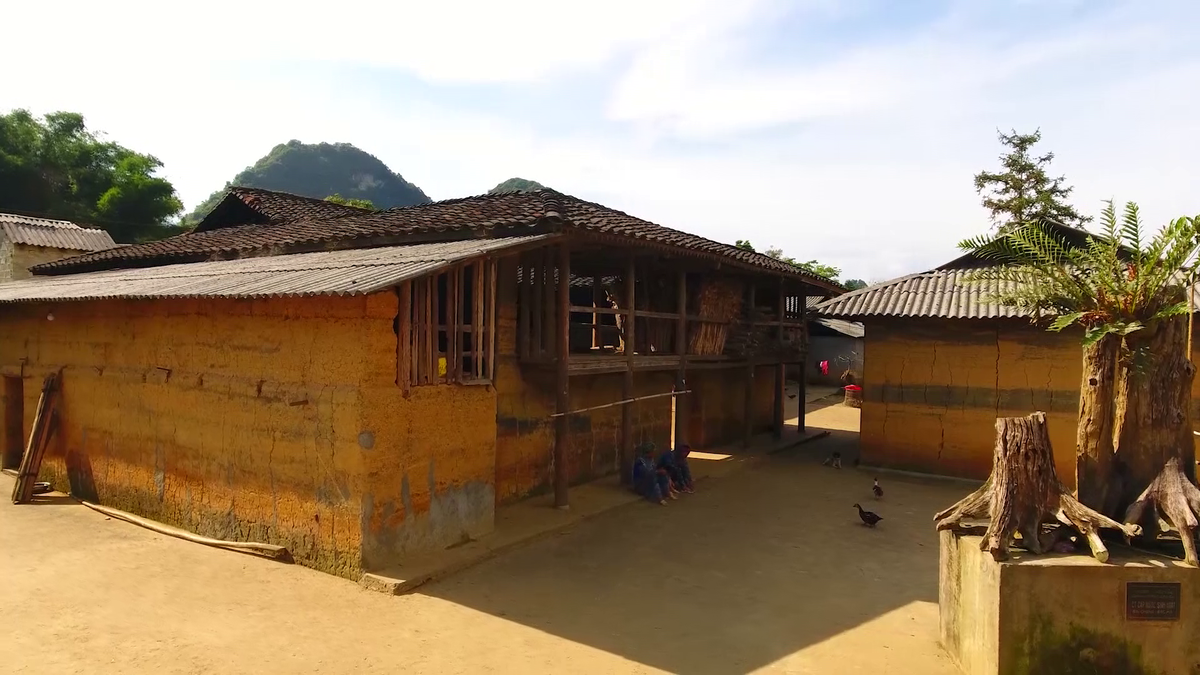
![[Photo] General Secretary To Lam and international leaders attend the parade celebrating the 80th anniversary of the victory over fascism in Russia](https://vphoto.vietnam.vn/thumb/1200x675/vietnam/resource/IMAGE/2025/5/9/4ec77ed7629a45c79d6e8aa952f20dd3)

![[Photo] Prime Minister Pham Minh Chinh chairs a special Government meeting on the arrangement of administrative units at all levels.](https://vphoto.vietnam.vn/thumb/1200x675/vietnam/resource/IMAGE/2025/5/9/6a22e6a997424870abfb39817bb9bb6c)




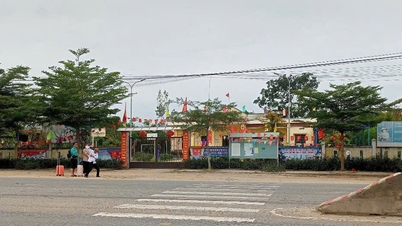
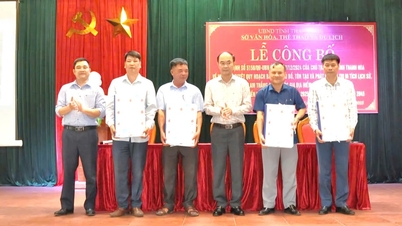



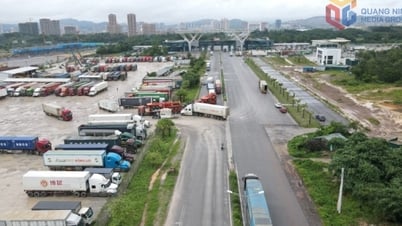
















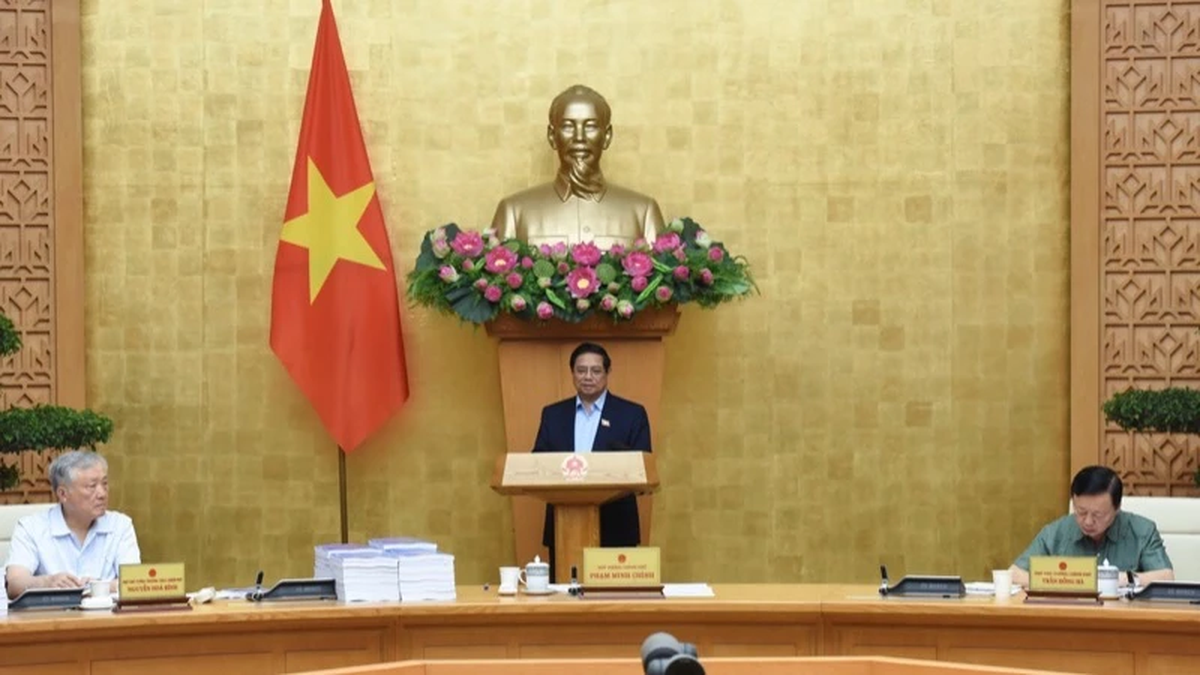






























































Comment (0)